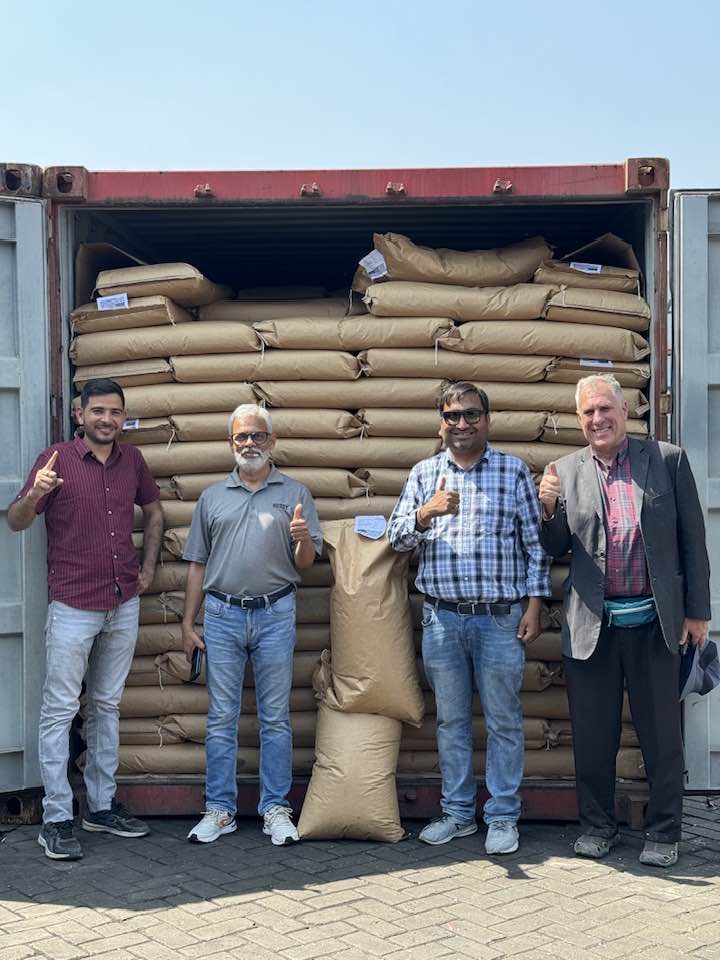SSGA talks successes in D.C.
SSGA staff and board members discussed their successes and future plans with USDA, several agricultural organizations and legislative leaders during their Washington, D.C., trip in April.
SSGA Chair Bob Sinner, board members Chuck Kunisch and Rob Prather, Executive Director Eric Wenberg and Manager of Strategic Programs Shane Frederick met with leaders at the Agriculture Transportation Coalition, U.S. Soybean Export Council, North America Export Grain Association, Food Export-Midwest, Michigan Agribusiness Association, and the offices of Sens. Debbie Stabenow (D-MI) and Tina Smith (D-MN) and Reps. Brad Finstad (R-MN) and Angie Craig (D-MN).
The meetings were an opportunity to educate about SSGA’s success with market promotions abroad and its work domestically to support U.S. growers and businesses. This year, with USDA forecasting poor returns on net revenue for America’s farmers, it’s more important than ever to keep educating about opportunities for the higher returns available from quality segments like U.S. identity preserved.
“It was really incredible to talk and get feedback on our concrete achievements. No other organization has returned investments to its members like SSGA has, with new innovative national programs,” Wenberg said. “The partners we met with really responded to it, as they are looking for new solutions.”
The group explained its unique role in trade such as through the High Quality Specialty Grains program operated with USDA’s Animal & Plant Health Inspection Service and how its work abroad resulted in U.S. Identity Preserved, the first national program bringing attention in international markets to a U.S. standard for identity preserved techniques and how they can be used to guarantee quality, origin and safety for soybeans or specialty grains. SSGA discussed challenges in transportation and a key role in the future of identity preserved crops in container, intermodal trade. SSGA received positive results from the visit and encouragement to continue its path for the future.




